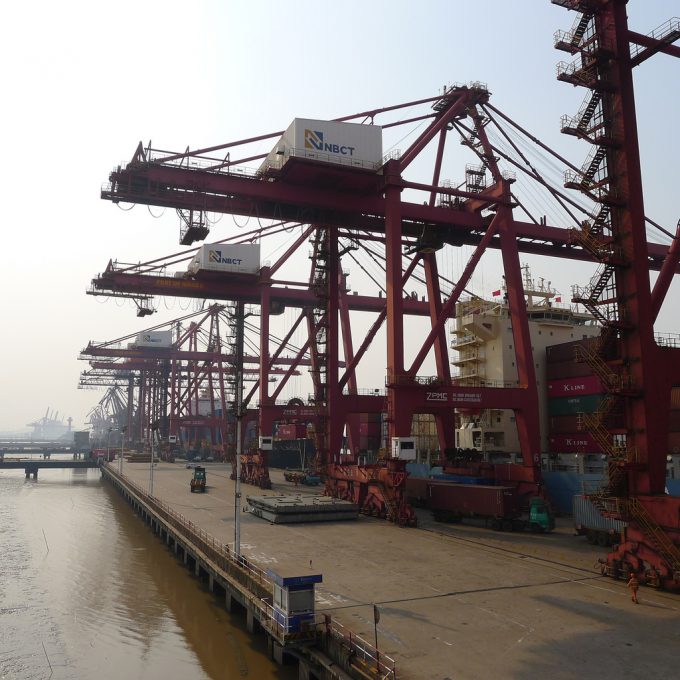Typhoon Kong-ray creates congestion at Shanghai, Ningbo and Kaohsiung
Asian container ports Shanghai, Ningbo and Kaohisung are working through congestion after Typhoon Kong-Rey blew ...
XPO: BUILDING BLOCKSHLAG: BIG ORDERLINE: REACTIONLINE: EXPENSES AND OPERATING LEVERAGELINE: PIPELINE OF DEALS LINE: DEMAND PATTERNS LINE: LANDSCAPELINE: CONF CALL STARTSDSV: UNTOUCHABLEEXPD: NOT AS BULLISH AS PREVIOUSLYFWRD: SPECULATIVE RALLY MAERSK: INTEGRATED LOGISTICS WIN MAERSK: TRUMP TRADEKNIN: THE SLIDELINE: DEBUT AAPL: ASIA CAPEXDHL: THE HANGOVERXPO: ELECTION DAY RALLY
XPO: BUILDING BLOCKSHLAG: BIG ORDERLINE: REACTIONLINE: EXPENSES AND OPERATING LEVERAGELINE: PIPELINE OF DEALS LINE: DEMAND PATTERNS LINE: LANDSCAPELINE: CONF CALL STARTSDSV: UNTOUCHABLEEXPD: NOT AS BULLISH AS PREVIOUSLYFWRD: SPECULATIVE RALLY MAERSK: INTEGRATED LOGISTICS WIN MAERSK: TRUMP TRADEKNIN: THE SLIDELINE: DEBUT AAPL: ASIA CAPEXDHL: THE HANGOVERXPO: ELECTION DAY RALLY

Chinese container volumes are faltering – both exports and imports are down – but that hasn’t deterred officials in Ningbo, the huge container port that sits only behind Shanghai and Shenzhen in mainland China’s port league table, from coming together with academics from the US Massachusetts Institute of Technology (MIT) to launch a new learning facility dedicated to logistics. Chinese container volumes continue to be huge, but so too are its logistics costs, and as rising competition form manufacturing in South-east Asia and elsewhere continues to erode China’s position as “the world’s factory”, this move is an attempt to regain its competitive edge through other means.
Comment on this article